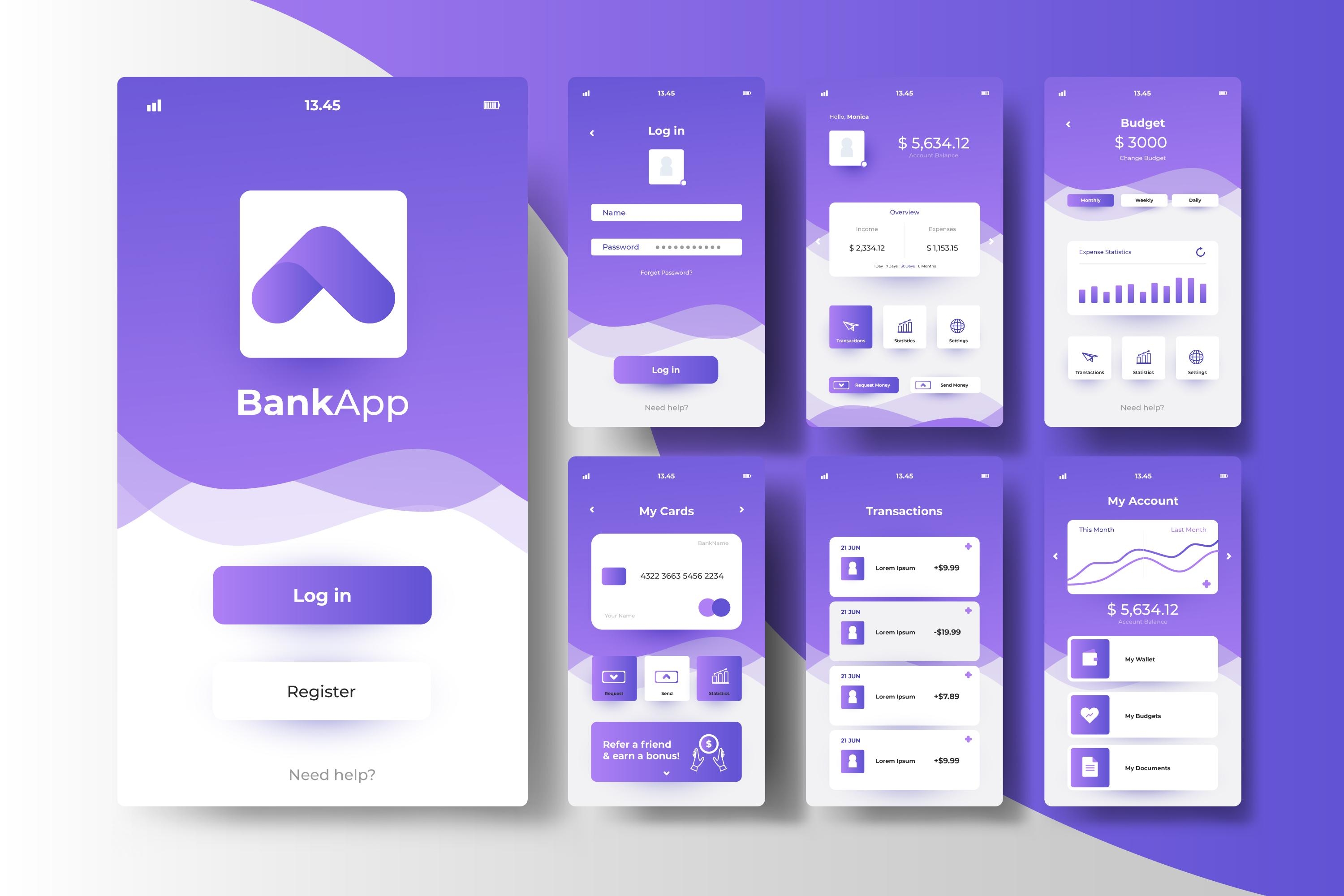Enhancing User Experience: Best Practices for Mobile App UI Design Services

Introduction:
In today's digital landscape, mobile apps have become an integral part of our daily lives. With millions of apps available in various app stores, it's crucial for businesses to prioritize user experience (UX) to stand out from the competition. A well-designed user interface (UI) plays a significant role in creating a seamless and enjoyable mobile app experience. In this article, we will explore the best practices for mobile app UI design services that can enhance user experience and help businesses achieve their goals.
Understand Your Target Audience:
To create a successful mobile app UI design, it's essential to have a deep understanding of your target audience. Conduct thorough user research to identify their needs, preferences, and behaviors. This information will guide you in designing an interface that resonates with your users and provides a personalized experience.
Keep it Simple and Intuitive:
Mobile app users appreciate simplicity and ease of use. A cluttered and complex interface can quickly discourage users from engaging with your app. Opt for a clean and minimalist design approach, focusing on essential features and functionality. Use intuitive icons, clear navigation, and familiar gestures to enhance usability and reduce the learning curve for users.
Consistency Across Platforms:
If your mobile app is available on multiple platforms (such as iOS and Android), maintaining consistency in UI design is crucial. While each platform may have its design guidelines, ensure that your app's core elements, branding, and interactions remain consistent across different operating systems. This consistency helps users feel familiar and comfortable, regardless of the platform they are using.
Prioritize Visual Hierarchy:
An effective mobile app UI design should guide users' attention and highlight essential elements. Establish a visual hierarchy by using contrast, color, and typography to differentiate between primary, secondary, and tertiary information. Utilize visual cues such as size, position, and color to direct users toward critical actions or content within the app.
Responsive and Adaptive Design:
Mobile devices come in various screen sizes and resolutions. To provide a seamless experience to users, ensure that your mobile app UI design is responsive and adaptive. Design elements should adjust dynamically to different screen sizes, orientations, and aspect ratios. This approach guarantees that your app looks and functions optimally on any device, providing a consistent experience to all users.
Emphasize Feedback and Interactivity:
Interactive elements are fundamental to mobile app UI design. Incorporate feedback mechanisms such as animations, micro-interactions, and transitions to provide real-time responses to users' actions. Well-designed feedback helps users understand their current state within the app and provides a sense of control and engagement.
Accessibility Considerations:
Inclusive design should be a priority when designing mobile app UIs. Ensure that your app is accessible to users with disabilities by following accessibility guidelines, such as proper color contrast, scalable fonts, and support for assistive technologies. Incorporating accessibility features not only improves the user experience but also expands your potential user base.
Usability Testing and Iteration:
To ensure the effectiveness of your mobile app UI design, conduct usability testing throughout the design and development process. Gather feedback from real users to identify pain points, usability issues, and areas of improvement. Iterate on your design based on the feedback received to create a user-centric experience that aligns with your target audience's needs and preferences.
Conclusion:
Mobile app UI design plays a critical role in enhancing user experience and driving app success. By understanding your target audience, simplifying the interface, maintaining consistency, prioritizing visual hierarchy, employing responsive design, emphasizing interactivity, considering accessibility, and conducting usability testing, you can create mobile app UI designs that delight users, improve engagement, and achieve your business goals. Invest in professional mobile app UI design services to ensure a compelling and intuitive user experience for your app users.
- Industry
- Art
- Causes
- Crafts
- Dance
- Drinks
- Film
- Fitness
- Food
- Games
- Gardening
- Health
- Home
- Literature
- Music
- Networking
- Other
- Party
- Religion
- Shopping
- Sports
- Theater
- Wellness
- News


